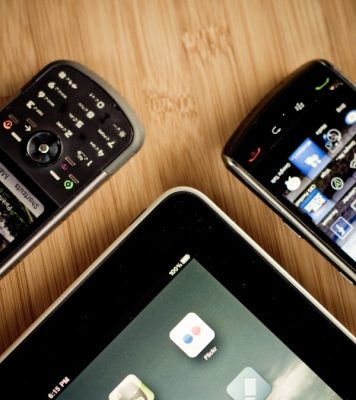Touchscreen News
New Touchscreen Material May Prolong Battery Life

Don’t you hate it when your smartphone dies? Assuming it’s used for work-related purposes, having your battery die can be detrimental. But researchers in the U.K. have developed a new material for producing touchscreen displays that could overcome this problem.
According to media reports, the new touchscreen material requires a very minimal amount of power to illuminate, which in turn prolongs the respective device’s battery. It’s no secret that lighting/illumination is one of the biggest battery draining features of a smartphone. When the display is turned on, it must draw power from the battery to keep it lit. And for every second the display is lit, the device is draining power from the battery.
The material is being developed by a University of Oxford spin-off company known as Bodie Technologies. Assuming the reports are accurate, users will no longer have to recharge their devices on a daily basis, as the touchscreen material consumes a very small amount of power when compared to standard touchscreens. “We can create an entire new market. “You have to charge smartwatches every night, which is slowing adoption. But if you had a smartwatch or smart glass that didn’t need much power, you could recharge it just once a week,” said Bodie Technologies’ team member Peiman Hosseini in an interview with the Telegraph.
British researchers say they’ve developed a new material that can be used in smartphones and other touchscreen devices. The material will look and function like an ordinary touchscreen display, but there’s one major difference: it consumes less power than traditional displays. Subsequently, this should allow users to continue using the device for a longer period of time without having to recharge the battery.
You might be wondering whether or not the new energy-efficient touchscreen material is capable of delivering the same crystal-clear images and high color brightness as its standard counterpart. While we’ve yet to see the material in action, the team claims that it’s very capable of producing a high-quality display.
So, when can you expect to see this energy-efficient touchscreen material being used in smartphones and tablets? Unfortunately, there’s still no word yet on an official release date. With that said, reports indicate that the U.K. team responsible for creating this new touchscreen material are already in talks with electronic companies.
